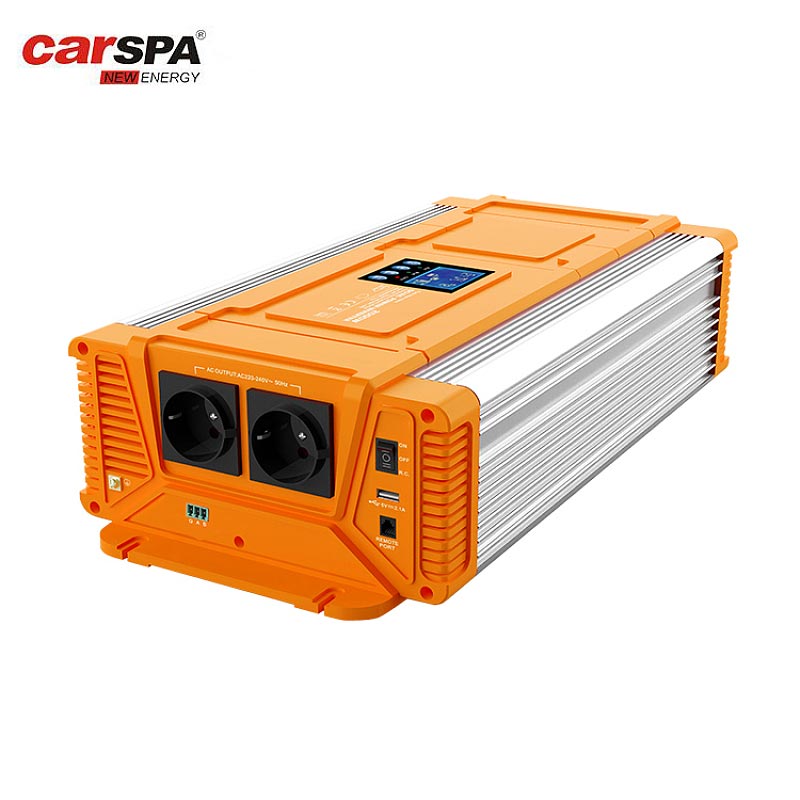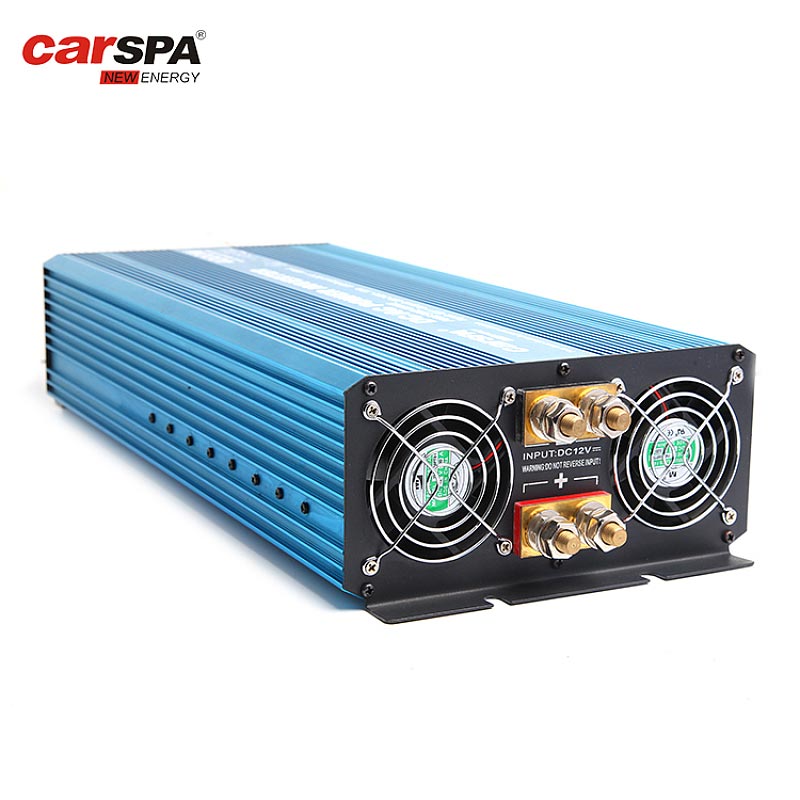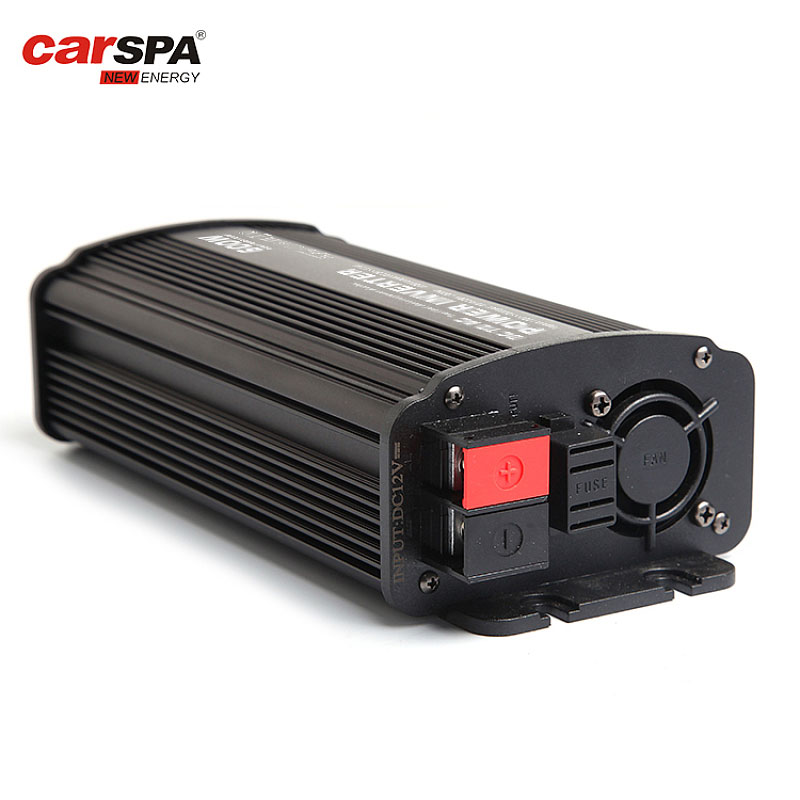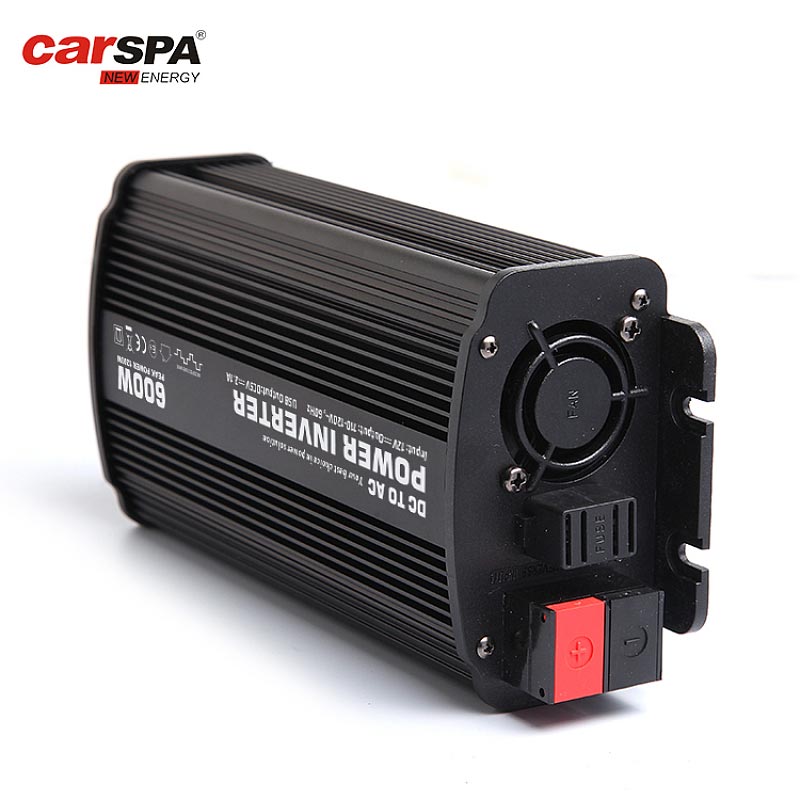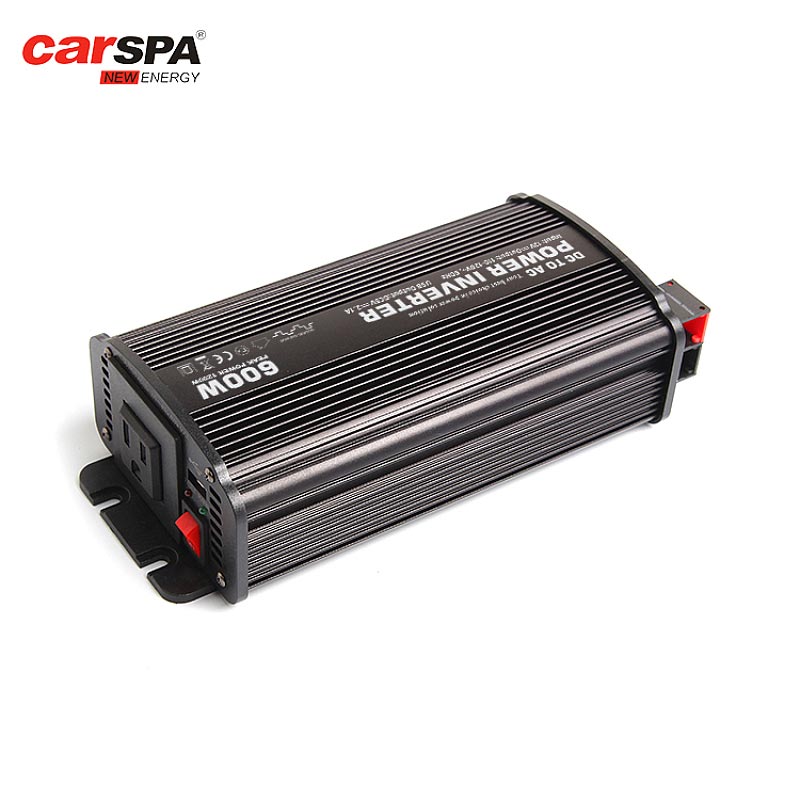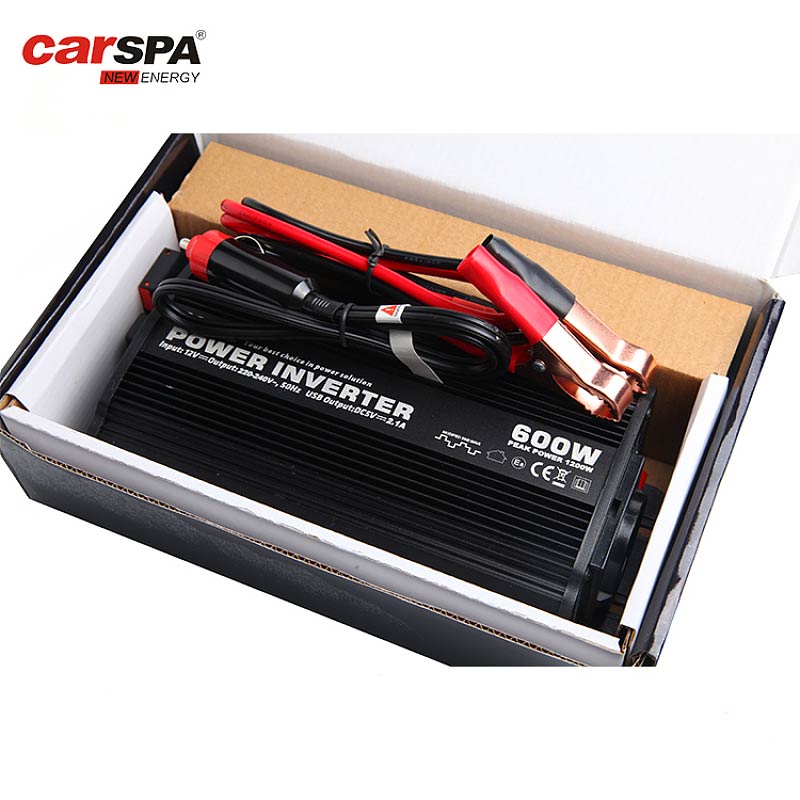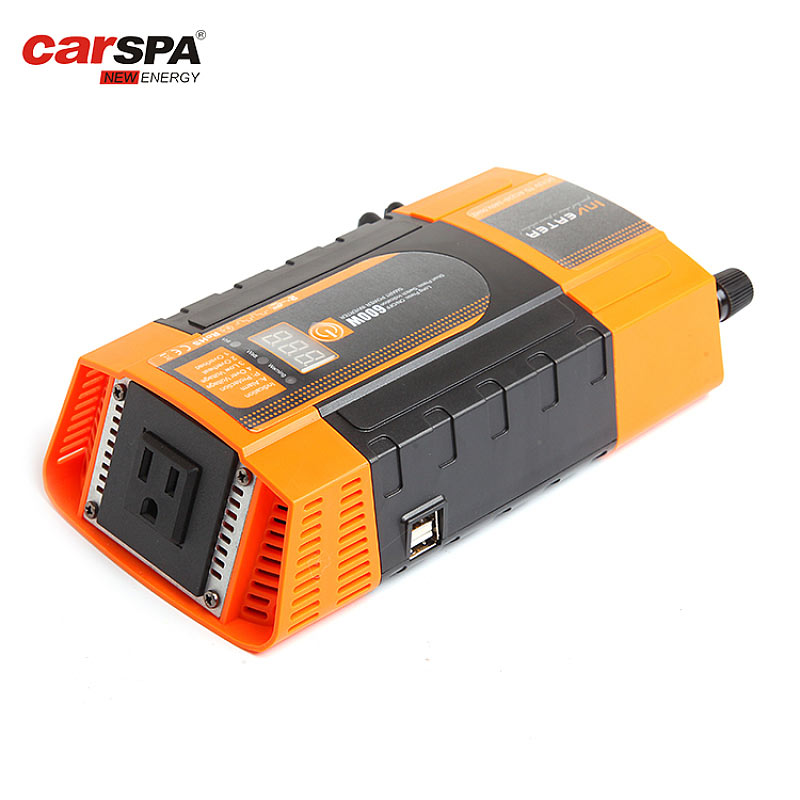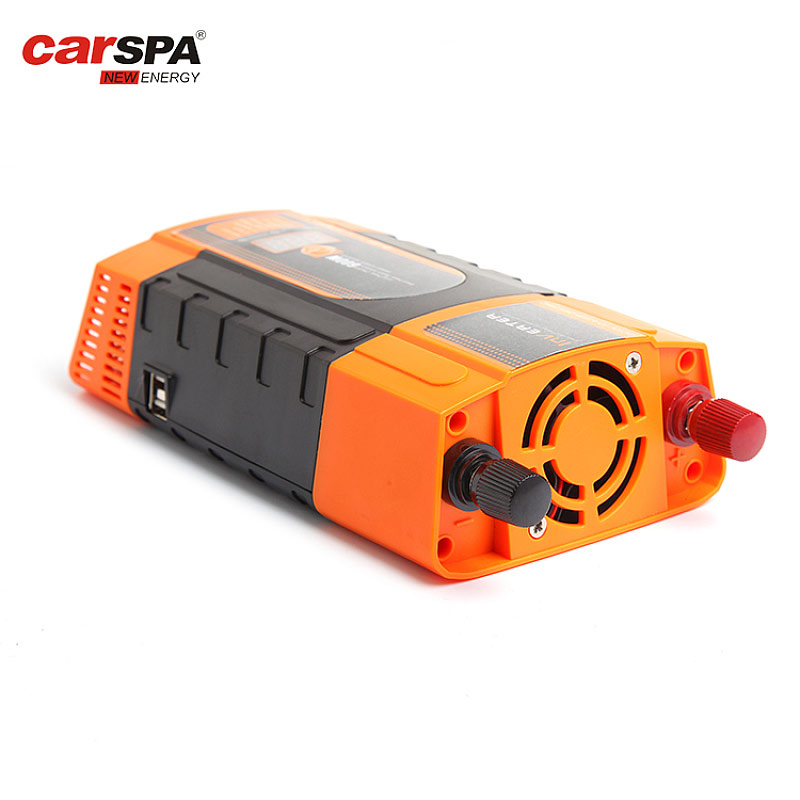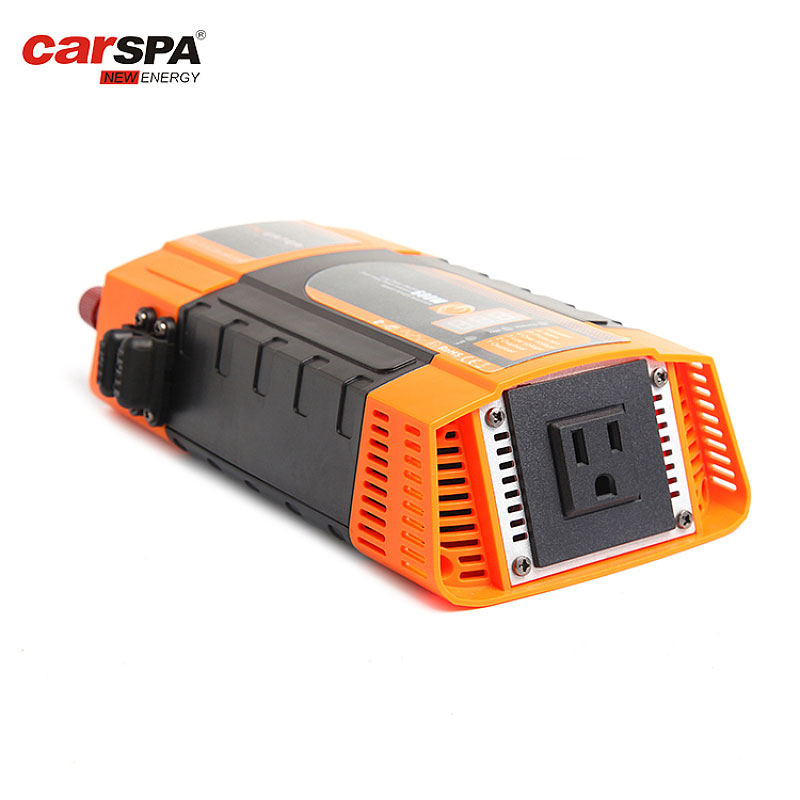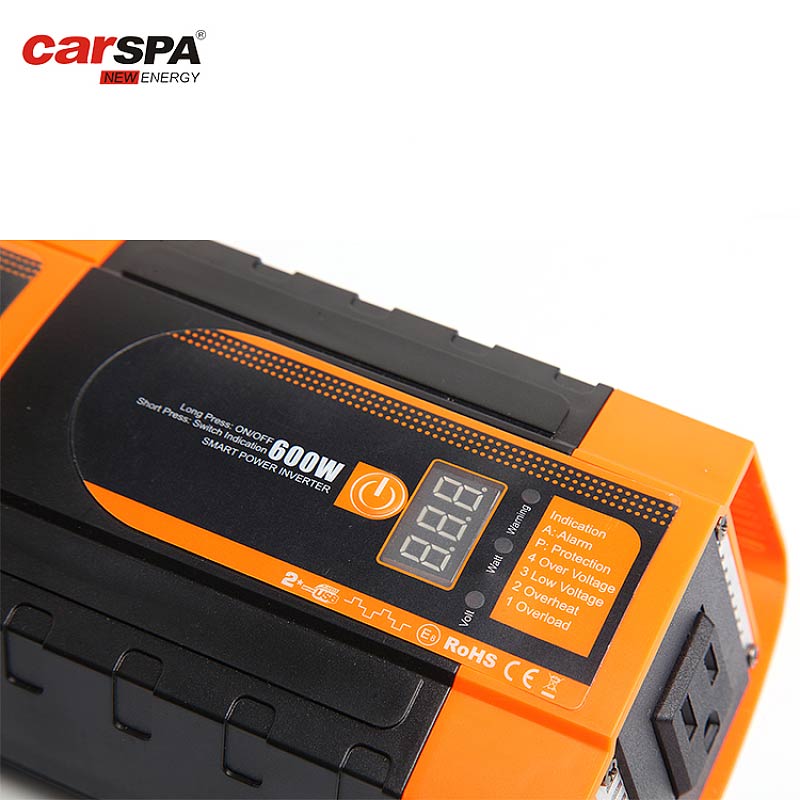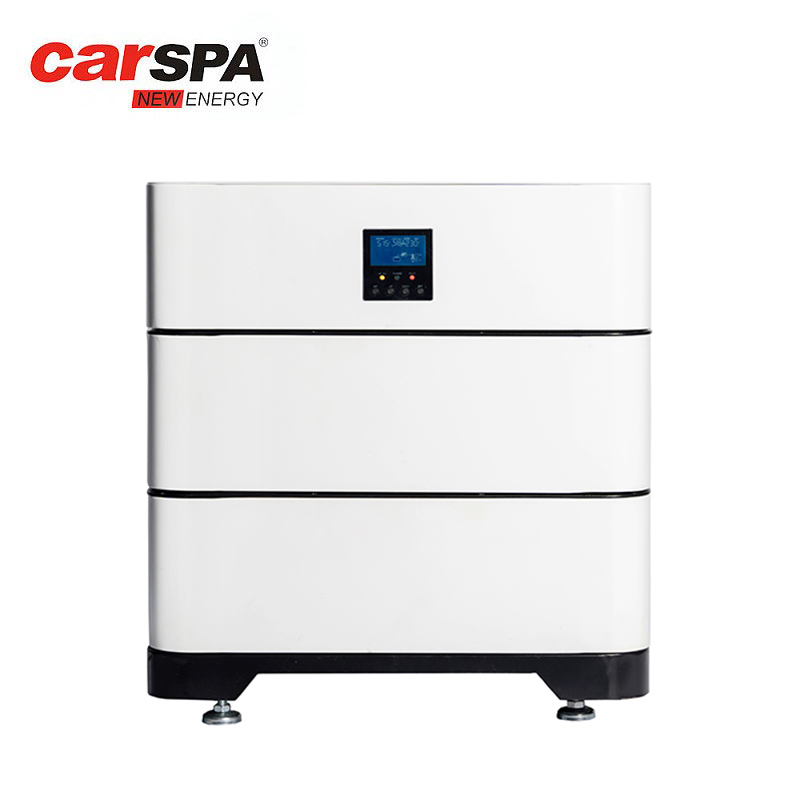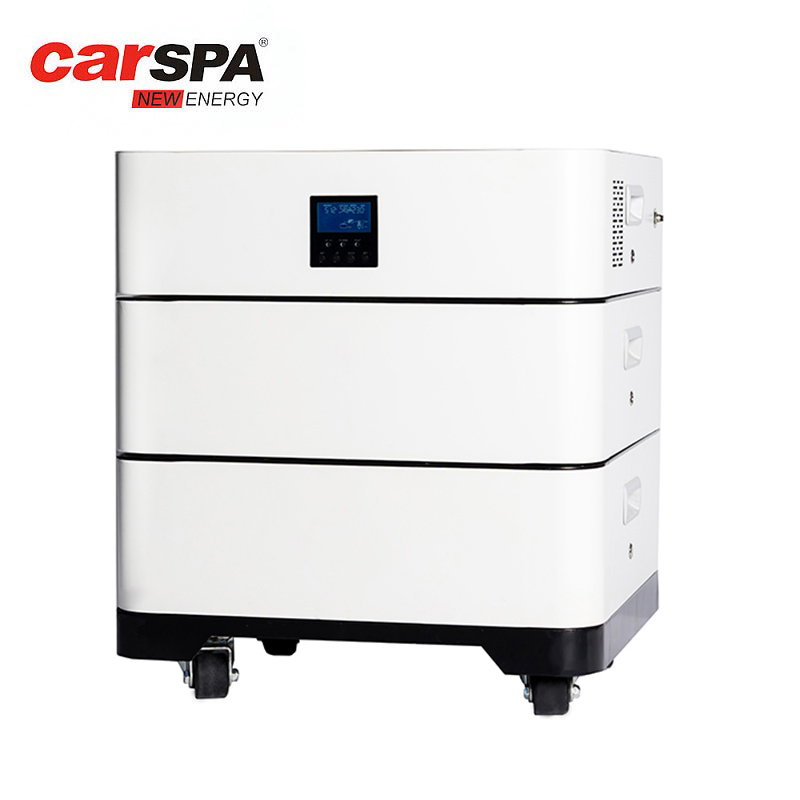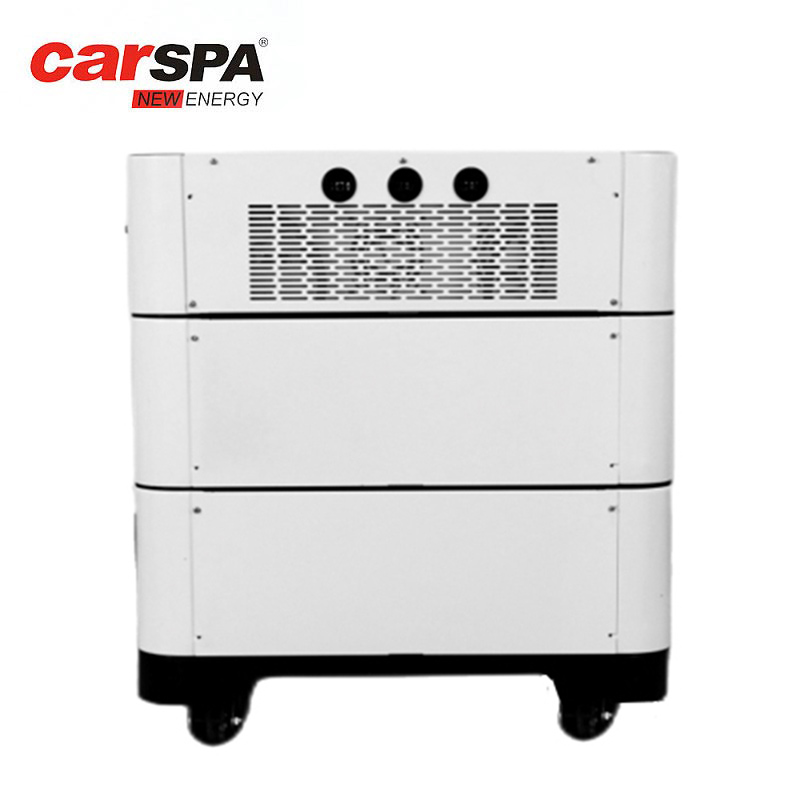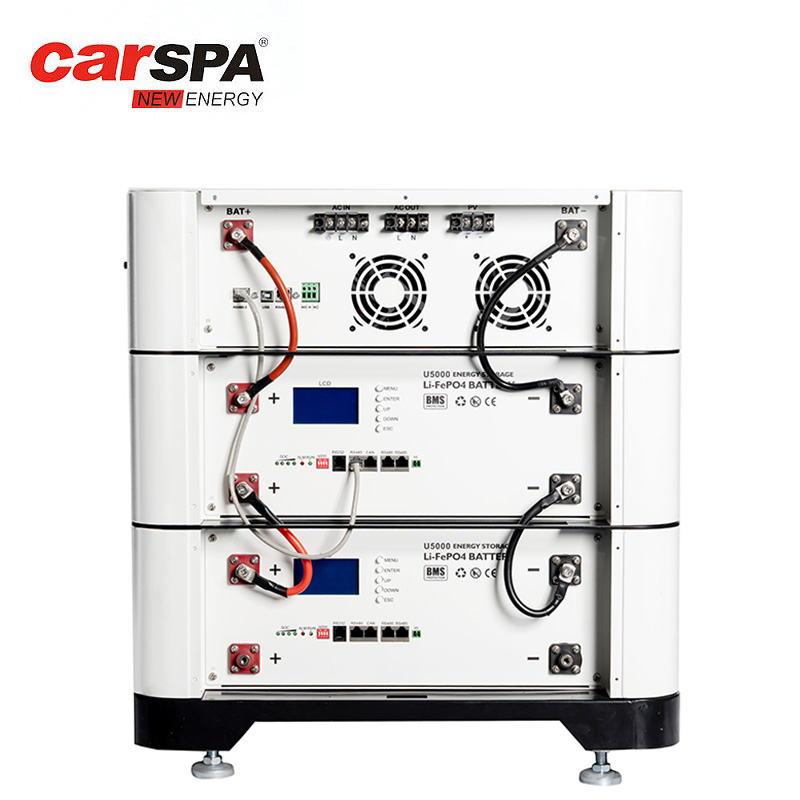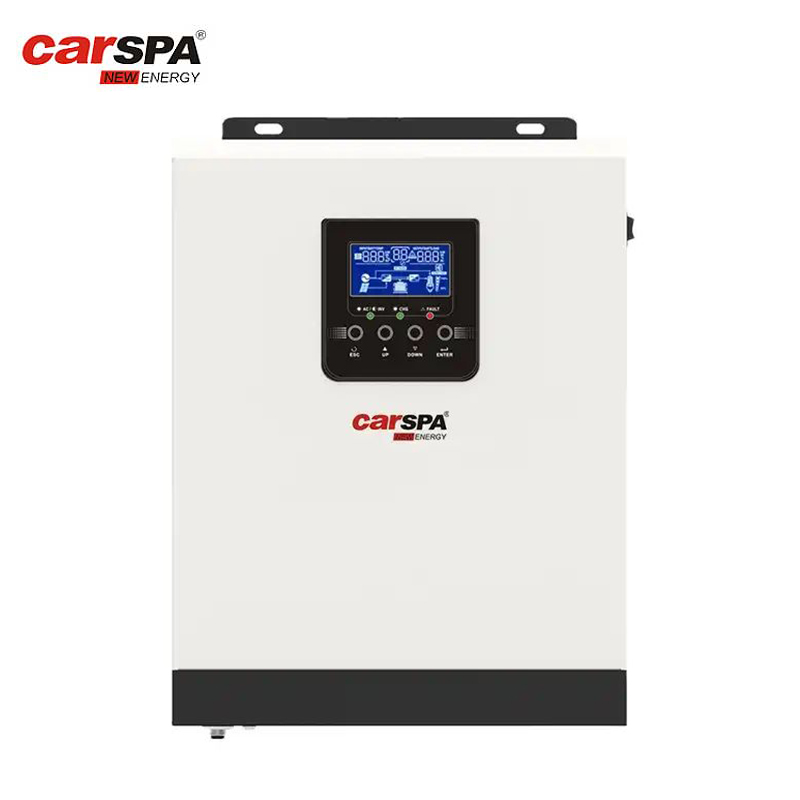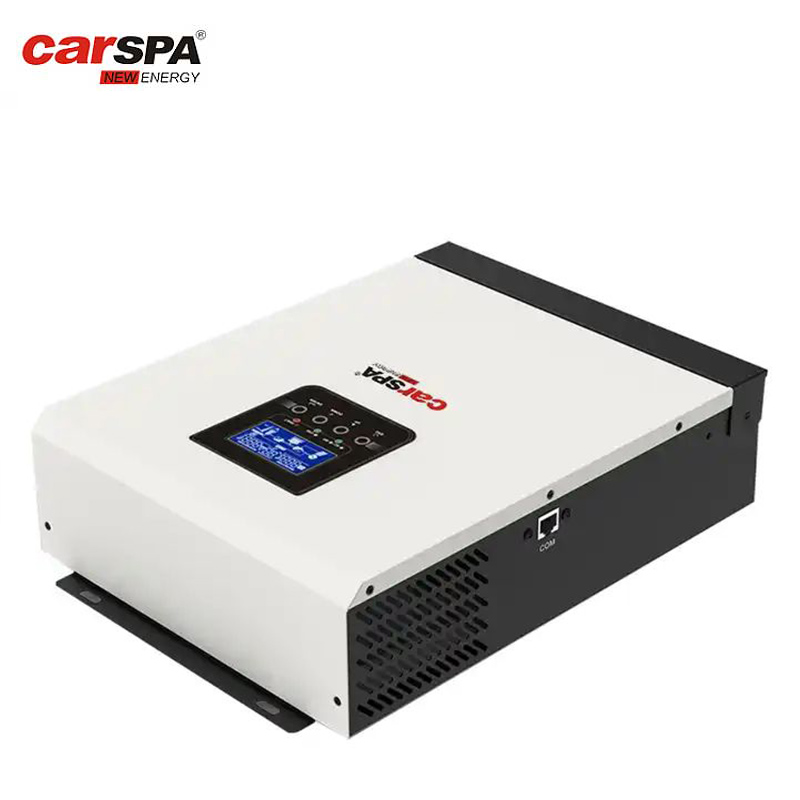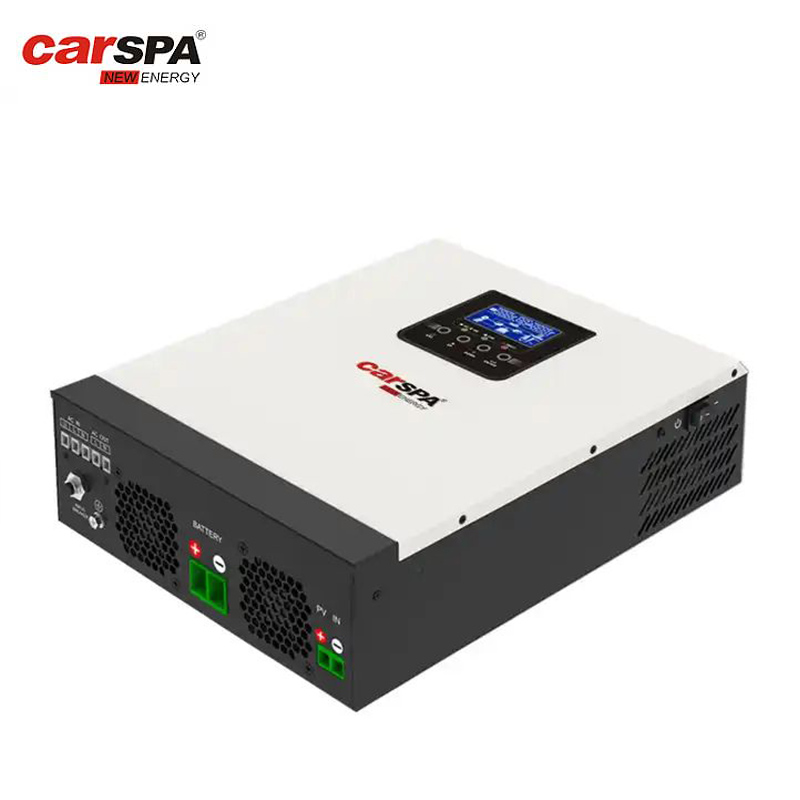Build an Off-Grid Energy System with a 3000 Watt Power Inverter
Learn how to build an efficient off-grid energy system using a 3000 watt power inverter. Discover the benefits, components, and installation tips for sustainable living.
Introduction
Embarking on the journey to create an off-grid energy system is both an empowering and eco-friendly decision. This article dives into the essentials of building a robust system centered around a 3000 watt power inverter, a cornerstone for those seeking independence from the grid or looking to supplement their energy needs with sustainable sources. Whether you're in a remote location or simply aiming for a greener lifestyle, this guide will navigate you through planning, components, and implementation for an efficient off-grid system.
Understanding Off-Grid Energy Systems
What is Off-Grid Energy?
Off-grid energy refers to power systems that operate independently of the public electricity grid. These systems are self-sustaining, generating, storing, and supplying electricity to a home, RV, or remote installation without reliance on external utilities.
Benefits of Going Off-Grid
Going off-grid offers numerous advantages, including reduced carbon footprint, independence from utility companies, and the potential for lower long-term energy costs. It's a proactive step towards sustainable living and energy self-sufficiency.
The Role of a 3000 Watt power inverter
Importance in Off-Grid Systems
A 3000 watt power inverter is pivotal in off-grid systems for its capacity to handle a wide range of electrical loads, making it suitable for powering essential household appliances and tools.
Types of Power Supplies
Understanding the types of power supplies, including solar, wind, and hybrid systems, is crucial for selecting the right configuration for your off-grid setup.
Planning Your Off-Grid System
Assessing Energy Needs
Calculating your energy requirements is the first step in designing an off-grid system. This assessment guides the selection of components and the sizing of your power inverter.
Choosing Your Components
Selecting the right components such as solar panels, inverters, batteries, and a 3000 watt power inverter is crucial for an efficient and reliable system.
Components of an Off-Grid Energy System
Solar Panels
Solar panels are the primary source of power generation in many off-grid systems. Understanding panel types and efficiency is key.
Batteries
Batteries store energy for use when solar production is low or demand is high. Choosing the right type and capacity is essential for system reliability.
Inverters
Inverters convert DC electricity from solar panels and batteries into AC power for household use. A 3000 watt inverter matches the system's power inverter capacity.
Charge Controllers
Charge controllers regulate the flow of electricity from solar panels to batteries, protecting against overcharging and enhancing battery lifespan.
Installing a 3000 Watt power inverter
Step-by-Step Installation Guide
This section provides a detailed guide on installing your 3000 watt power inverter within your off-grid system, ensuring safety and efficiency.
Safety Precautions
Safety is paramount when installing and operating an off-grid energy system. This subsection outlines important safety measures and best practices.
Solar Panel Setup for Optimal Performance
Placement and Angle
Optimizing the placement and angle of your solar panels maximizes energy production, essential for the efficiency of your off-grid system.
Maintenance and Care
Regular maintenance ensures the longevity and performance of your solar panels. Tips for upkeep and troubleshooting common issues are discussed.
Battery Storage Solutions
Types of Batteries
Exploring the different types of batteries available for off-grid systems, including lead-acid and lithium-ion, helps in selecting the best option for your needs.
Sizing Your Battery Bank
Sizing your battery bank correctly is crucial for meeting your energy needs, especially during periods of low solar production or high consumption.
Maximizing Efficiency and Reliability
System Monitoring
Implementing system monitoring tools allows you to track energy production, usage, and system health, enabling timely adjustments for optimal performance.
Regular Maintenance Tips
Routine maintenance is vital for the longevity and reliability of your off-grid system. This section provides practical tips for keeping your system running smoothly.
Legal Considerations and Incentives
Regulations and Permits
Navigating legal requirements and obtaining necessary permits ensure your off-grid system complies with local codes and regulations.
Available Incentives
Many regions offer incentives for renewable energy installations. This section covers how to identify and apply for available incentives to offset installation costs.
Build an Off-Grid Energy System with a 3000 Watt power inverter
Integration strategies for seamlessly incorporating a 3000 watt power inverter into your off-grid energy system are outlined, highlighting best practices for optimizing efficiency and reliability.
FAQs
How do I determine my energy needs for an off-grid system?
Determining your energy needs involves calculating the total power consumption of all the appliances and devices you plan to use. Add up their wattage and consider the hours of use per day. This total will help you understand the capacity required from your 3000 watt power inverter and other system components.
Can a 3000 watt power inverter support a whole house?
A 3000 watt power inverter can support a small to medium-sized home's essential loads, such as lighting, refrigeration, and charging devices. However, the capacity to power the entire house depends on your specific energy usage and whether you're willing to modify your consumption habits.
What types of batteries are best for off-grid systems?
The best type of battery for your off-grid system depends on your specific needs, including capacity, budget, and maintenance preferences. Lead-acid batteries are cost-effective and widely used, while lithium-ion batteries offer longer lifespans and higher efficiency but at a higher initial cost.
How do I maintain my solar panels for optimal performance?
Maintaining solar panels involves regular cleaning to remove dirt, leaves, and other debris that can block sunlight. It's also important to check for and repair any damage to the panels or wiring. Periodic inspections by a professional can help ensure they are functioning efficiently.
What are the key legal considerations when building an off-grid system?
Key legal considerations include zoning laws, building codes, and electrical regulations. You may need to obtain permits before installing your off-grid system. Additionally, some areas have restrictions or incentives for renewable energy systems, which can impact your project.
Are there incentives available for installing an off-grid energy system?
Many regions offer incentives such as tax credits, rebates, and grants for installing renewable energy systems. These incentives can significantly reduce the upfront cost of your off-grid system. Check with your local government or energy agency for programs available in your area.
Conclusion
Building an off-grid energy system with a 3000 watt power inverter is a rewarding endeavor that promotes sustainability and self-sufficiency. This guide provides a comprehensive overview of the planning, components, and installation process to empower you with the knowledge needed to embark on your off-grid journey. With careful planning and adherence to best practices, you can create a robust and efficient system that meets your energy needs while contributing to a greener planet.


